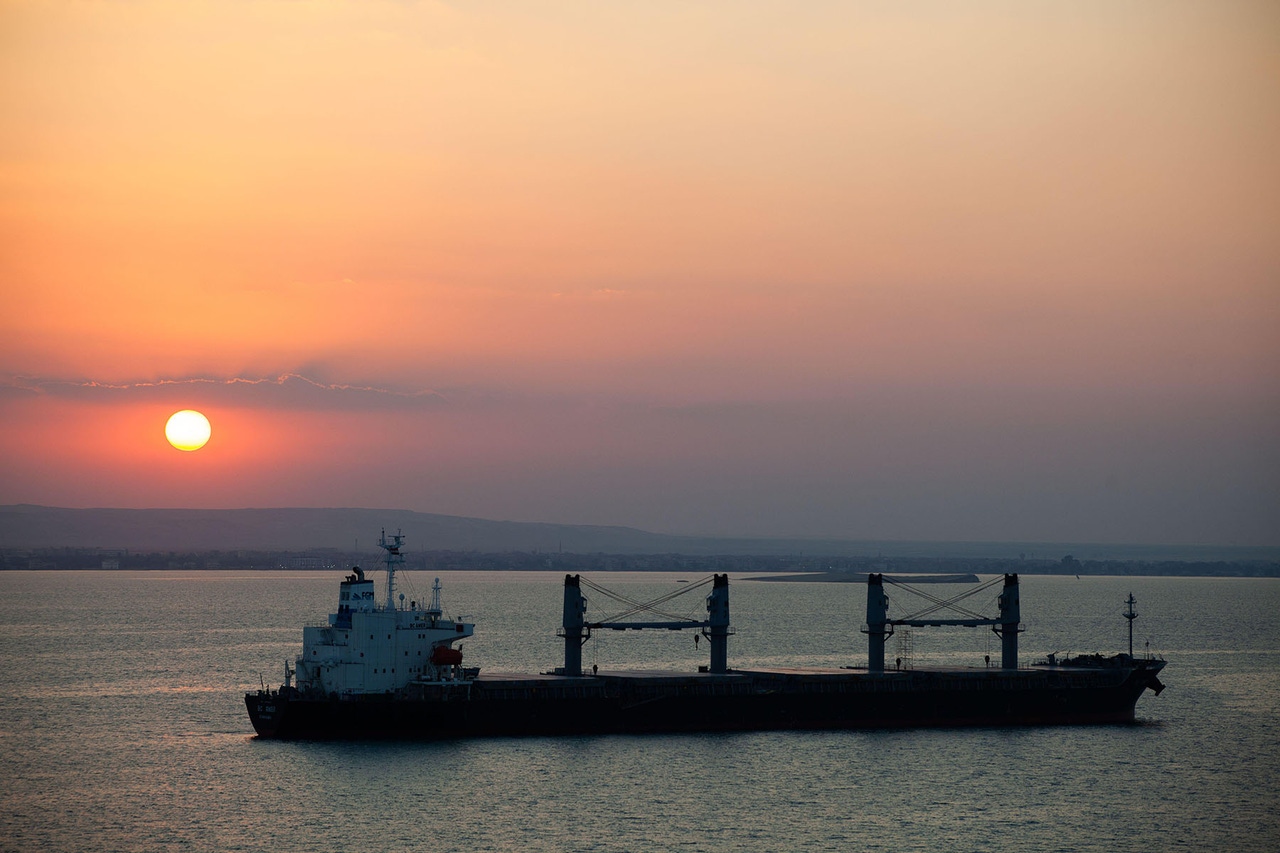Suspected Middle East Sabotage Brings Undersea Cable Vulnerabilities into FocusSuspected Middle East Sabotage Brings Undersea Cable Vulnerabilities into Focus
Middle East fighting is cause for concern as enterprises are dependent on undersea cables to carry the bulk of their intercontinental internet traffic.

The Jerusalem Post is reporting that Houthis have knocked out four undersea cables linking Europe with Asia. While the sabotage reports are not confirmed, it raises long-considered concerns about the vulnerability of critical undersea cable networks.
As we’ve noted in the past, the network of undersea cables that span the globe carry about 95% of all intercontinental Internet traffic. So, any disruption is a major issue that must be remedied immediately. That’s a complex task made all the more complicated with the region’s turmoil.
“There is no definitive evidence at this time that the Houthis were responsible for recent cable faults in the Red Sea,” says Alan Mauldin, a Research Director at TeleGeography, a research firm that builds and maintains massive data sets that are used to monitor, forecast, and map the telecommunications industry. “Regardless of the cause, the key issue now is how and when repairs will be conducted. Are cable operators able to get permits and insurance to enter areas of the sea that place the crew and their vessels at risk of attack?”
Putting the Role of Undersea Cables Into Perspective
Certain regions of the world, like the Middle East, are convergence points for undersea cables. In January, Mauldin posted a blog noting that over 90% of all Europe-Asia capacity is carried by cables in the Red Sea. As such, sabotaging cables can have a significant impact.
Concern about the susceptibility and vulnerability of the undersea cable network has been a growing concern for years. In 2009, researchers at the University of New South Wales published a paper that focused on the vulnerabilities of the cables linking Hawaii and Australia.
In that case, the concern was about disruption caused by undersea volcanic activity. As we saw reported in 2022, a volcanic eruption knocked out a cable linking the island nation of Tonga with Fiji. The incident isolated Tonga until repairs could be made.
About the Author
You May Also Like







